Flat tires are a common occurrence that can put a damper on any drivers’ day. Keeping Fix-a-Flat handy is an easy-to-use solution to get back on the right quickly.
Keeping Fix-a-Flat handy is an easy-to-use solution to get back on the right quickly.
Fix-a-Flat is a convenient option to patch a hole in your tire. It can last for up to 3 days or the first 100 miles of driving when used correctly. When purchasing Fix-a-Flat, it will last on your shelf for two years. It provides enough support for immediate road mobility.
Fix-a-Flat is widely known as one of the most reliable emergency flat tire repair tools. It provides excellent durability, ease-of-usage, and it is incredibly affordable. If you want to learn more about Fix-a-Flat, what exactly it is, and the longevity it provides, then keep reading.
All tires react to damages differently. Some can get punctured easier than others, and the repairs require more comprehensive solutions. However, our team uses Fix-a-Flat in different situations to test its reliability, and it consistently beats expectations. Learn from the experts about how to use Fix-a-Flat.
Fix-a-Flat is an aerosol that can quickly repair tires. It is a one-push spray that can inflate and seal your tire for a fast repair. The spray will seal any holes or punctures in a tire to prevent any current leaks and keep the tire inflated adequately.
It is a one-push spray that can inflate and seal your tire for a fast repair. The spray will seal any holes or punctures in a tire to prevent any current leaks and keep the tire inflated adequately.
Fix-a-Flat uses a liquid propellant that inflates without the hassle of using a traditional air pump. The polymer latex composition enters the tire and creates a thick foam that hardens when exposed to air. When sprayed along the inner tire wall, it hardens over the puncture and seals wherever the leak occurs.
The size of the hole is not an issue either. Fix-a-Flat can seal holes up to 1/4 inches without extra tools or equipment needed. Unless you are facing severe tire damage, this is a reliable repair option.
Because Fix-a-Flat does not properly inflate the tire the same way a pump would, it is recommended to only use it as a temporary solution to regain road mobility. The manufacturer recommends driving on Fix-a-Flat for three days or 100 miles, whichever occurs first.
Customers have reported instances where Fix-a-Flat lasts longer or shorter as well. We decided to run a few tests to see how different factors impact the length it will last on your tire. We determined there were three key factors to consider.
The significance of your tire damage will determine how effective Fix-a-Flat will be in inflating and sealing your tire to help you get back on the road.
Remember, you can only expect to plug a hole as large as 1/4 inches. Anything larger may be temporarily sealed, but the distance you can travel will be extremely short-lived.
It is ideal to use for more minor punctures from objects like nails that create a small hole that is easily located on the tire. Sidewall damage can make it more challenging to create an effective seal too.
Road conditions will impact how long your seal will last. A new Fix-a-Flat seal can puncture quickly on uneven dirt or stone roads filled with sharper objects. It is best to avoid these if possible until you can properly repair or replace the tire.
It is best to avoid these if possible until you can properly repair or replace the tire.
The weather also plays a vital role. When the temperature drops, so does the effectiveness of the sealant. It is best to avoid using it during the winter months because Fix-a-Flat can freeze when exposed to this type of weather.
When the sealant freezes in your tire, it will cause an imbalance in the tires. This can cause your driving to suffer and put the vehicle at risk for internal damages. The other tires also wear quicker because they are driving unevenly.
Through some testing, we learned that using the correct amount of sealant is extremely important to how long your tire can last on the road.
If you use too much, it can damage the internal structure of the tire. However, if you do not use enough sealant, it will not be effective. The foam forms to seal the holes in the tire, so adding a little extra is a way to ensure the tire will drive evenly and last long enough.
The process to get started with Fix-a-Flat is relatively straightforward. However, there are a few things to consider to make sure each step is performed safely.
A flat can leave you stranded in difficult areas. Be sure to pull your vehicle off the road to perform a repair safely and away from any potential accidents.
Use a PSI checker to see the current level of your tire. It helps to know how much air your tire needs to reach the ideal PSI level for driving, so you know how much Fix-a-Flat is required.
The can of Fix-a-Flat has a hose on the end that connects to the tire’s valve stem to inflate and seal the tire quickly.
Allow some tire to pass while the can is connected to the tire. You will hear the sound of air filling the tire. Checking the PSI after filling the tire is the best way to ensure you put the correct amount in.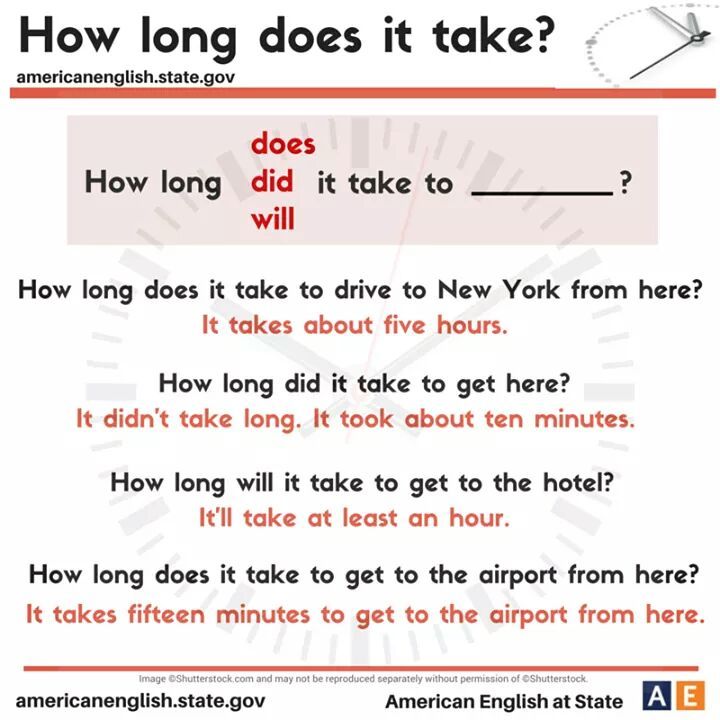
Be sure to disconnect the can when you finish and put the valve stem cap back on your tire to keep it inflated.
The foam from the can of Fix-a-Flat requires movement in the tire to settle and create an accurate seal inside the tire properly. Start driving to allow proper circulation.
Head to a repair shop as soon as possible to have your tire permanently fixed or replaced.
Fix-a-Flat sounds like an easy solution, but it also has some negatives as well. We break down both the pros and cons of using Fix-a-Flat for your tire repair.
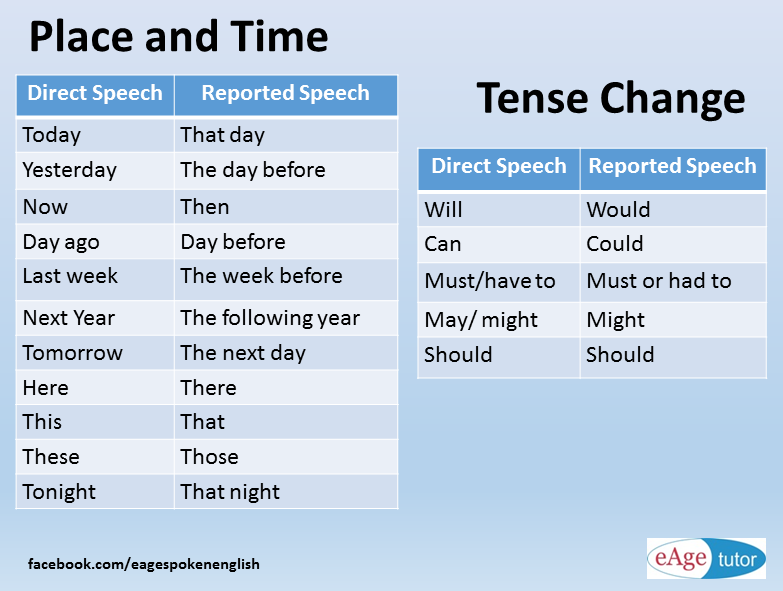
You might be wondering, what are the risks of Fix-a-Flat? Is it worth using?
Well, it depends on the type of vehicle you have and how you use it. A few risks include uneven tire wear, rim damage, wheel damage, and TPMS damage.
The chemicals used in Fix-a-Flat can become corrosive when exposed to air. They use specific chemicals that can eat away at these critical elements of your vehicle.
This could lead to long-term vehicle damage and cause an unbalanced driving experience. Other risks include uneven tire wear because of the imbalance.
It is recommended to avoid using Fix-a-Flat if your vehicle uses a Tire Pressure Monitoring System (TPMS) because the sealant can ruin its effectiveness. They cost a lot of money to fix, and it is not worth the hassle.
It can damage your TPMS because the sealant builds up on the inner sidewall of the tire and permanently plugs the hole that gauges your tire pressure. Sometimes it can be repaired quickly, but the risk outweighs the reward.
After considering all of the benefits and risks involved, what should you do? Are there better solutions?
We always recommend that drivers have a temporary spare tire in their trunk for flat tire situations. However, it is not always feasible to make the change. Packing a can of Fix-a-Flat in your trunk is an excellent safety option too.
You can expect to get up to 100 miles in driving with Fix-a-Flat. This is plenty of support to get your vehicle to a repair shop to replace or repair the tire. While we don’t believe Fix-a-Flat is the number one flat tire solution, it is undoubtedly a reliable option in an emergency.
Flat feet in adults can be congenital. Some people have been seen by an orthopedist since childhood. But the problem can appear over the years. How to treat flat feet in adults and can it be corrected at all? We asked these and other questions to Dmitry Aleksandrovich Shobogorov, a traumatologist-orthopedist of Expert Clinic Irkutsk.
Some people have been seen by an orthopedist since childhood. But the problem can appear over the years. How to treat flat feet in adults and can it be corrected at all? We asked these and other questions to Dmitry Aleksandrovich Shobogorov, a traumatologist-orthopedist of Expert Clinic Irkutsk.
- Dmitry Alexandrovich, what is flat feet? What is the essence of the problem?
— Flat feet is a deformity of the foot. It is of two types: transverse and longitudinal. With longitudinal flat feet, the inside of the foot begins to drop and even touch the floor. Other people from the outside may notice this, i.e., it is clear that the foot is flattened. Not everyone can already see transverse flat feet. It, as a rule, becomes noticeable only with secondary signs, when hallux valgus deformity of the first finger occurs. This is the so-called growing bump on the joint and the curvature of the first finger (it starts to stick out to the side). nine0003
The longitudinal arch on the inside and the transverse arch form an arched structure of the foot, which provides cushioning when running and walking.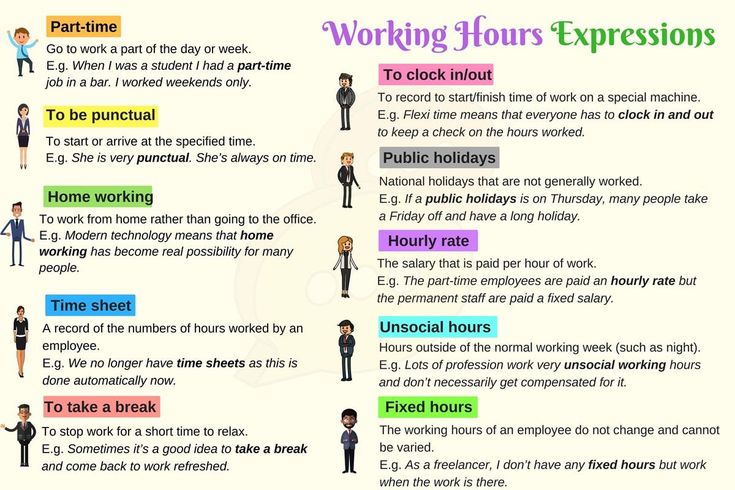 With the help of such a structure, the foot moves smoothly: it moves to a walk, a step, a run, and the joints are not injured. Therefore, when flat feet are formed, traumatization of the joints can increase. The biomechanics of walking, the work of the muscles of the lower leg and foot are disturbed.
With the help of such a structure, the foot moves smoothly: it moves to a walk, a step, a run, and the joints are not injured. Therefore, when flat feet are formed, traumatization of the joints can increase. The biomechanics of walking, the work of the muscles of the lower leg and foot are disturbed.
Evolution of the foot is not designed to constantly walk on a hard, flat surface. Today, many houses have parquet, concrete, asphalt on the street, that is, a flat hard surface everywhere. And the foot, accustomed for thousands of years to walking on sand, earth, stones, constantly adapting to some changes, now adapts to a flat surface, spreading itself on it. In addition, in recent centuries, lifestyles have changed: people have become less mobile, including in the workplace; shoes with high heels began to be produced; work has appeared that can chronically injure the foot. nine0003
— How common is flat feet in adults?
— As a rule, out of four people who come to see me, three have flat feet of varying severity.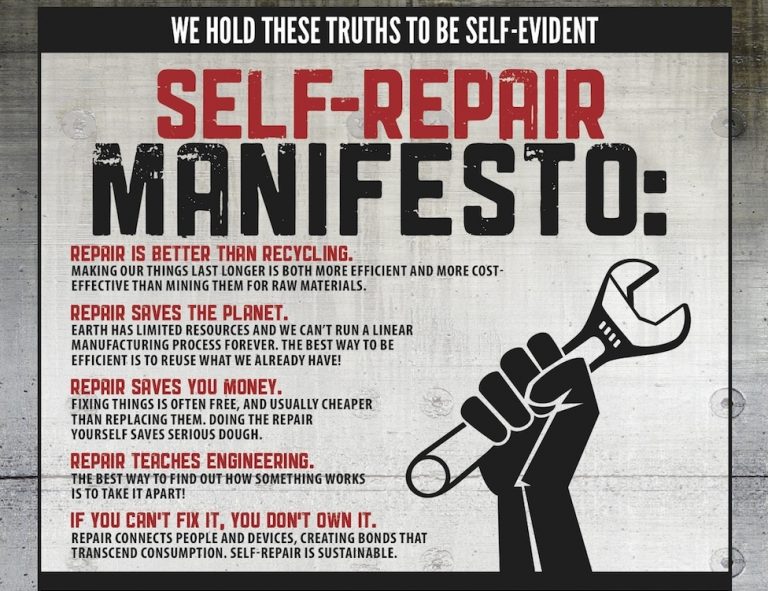 I see feet almost every day, I check them for flat feet, I make individual orthopedic insoles myself, and I probably meet the ideal foot, with which nothing needs to be done in terms of orthopedics, probably once a month.
I see feet almost every day, I check them for flat feet, I make individual orthopedic insoles myself, and I probably meet the ideal foot, with which nothing needs to be done in terms of orthopedics, probably once a month.
— What are the causes of flat feet in adults? nine0006
- Flat feet, which can be traced from childhood, is usually congenital and can be transmitted from parents, grandparents. There are people who have been seen by an orthopedist since childhood, are being treated, and this problem is “growing up” with them.
Standing work can lead to flat feet in adulthood, for example. Teachers, salespeople, by virtue of their profession, stand on their feet for many hours a day for decades, and the foot begins to deform, flatten.
Another reason is hormonal changes in women (flat feet, as a rule, are more common in them). This is, firstly, the stage of growing up, then pregnancy, childbirth. Some women become pregnant and give birth several times during their lives. In this case, in particular, the restructuring of the connective tissue occurs. That is, the body prepares for childbirth, then returns, so to speak, to its previous state, and then again prepares for childbirth. The connective tissue begins to change: it stretches, then becomes strong again. At the same moment, changes in the foot are also included. It also affects the work of the muscles. nine0003
In this case, in particular, the restructuring of the connective tissue occurs. That is, the body prepares for childbirth, then returns, so to speak, to its previous state, and then again prepares for childbirth. The connective tissue begins to change: it stretches, then becomes strong again. At the same moment, changes in the foot are also included. It also affects the work of the muscles. nine0003
The third reason is fractures and other injuries of the foot, heel or bones in the ankle joint. They can also lead to flat feet.
— How to recognize flat feet in adults? What are the signs that indicate a problem?
— Signs of flat feet in an adult are fatigue of the legs, swelling in the legs, nagging pain in the feet, varicose veins in the lower extremities, valgus deformity of the lower extremity, i.e. legs, knees seem to be reduced inward. In addition, the foot itself is littered inward, that is, it is clear that the person, as it were, walks on the inside of the foot.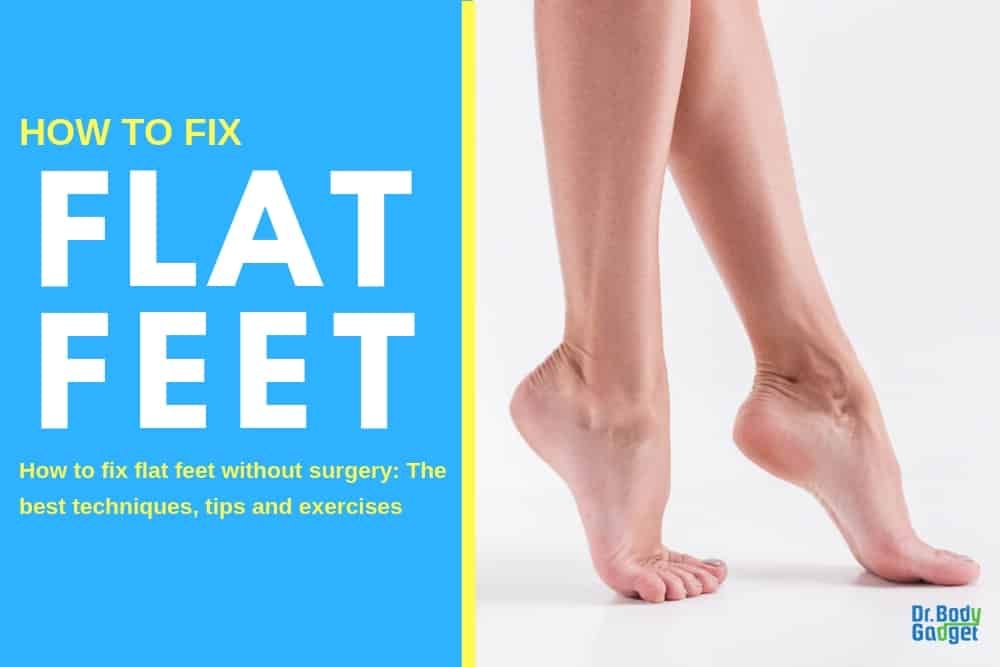 Because of this, shoes can be erased (the heel or heel on the inside, or the place under the first toe), or the insole that is in the shoe can be pressed through. nine0003
Because of this, shoes can be erased (the heel or heel on the inside, or the place under the first toe), or the insole that is in the shoe can be pressed through. nine0003
— Dmitry Aleksandrovich, how is flatfoot diagnosed?
— The first is the inspection. A person is examined from the front and back, assessed as he stands. Check the mobility in the fingers, in the small joints of the foot. In parallel, they find out what could be the cause of flat feet, foot deformities. For example, during examination, it is possible to identify stiffness (stiffness) of the joint, the consequences of an injury. Examine the footprint (that part of the foot that touches the surface) on a plantoscope. With the help of plantography, the pressure force of the foot on the surface is measured. nine0003
X-rays can be taken with or without load. So check, in particular, the spring function of the foot.
— What are the ways to treat this pathology? Is it possible to cure flat feet in adults?
— There are several methods of treatment and it is recommended to use them in combination.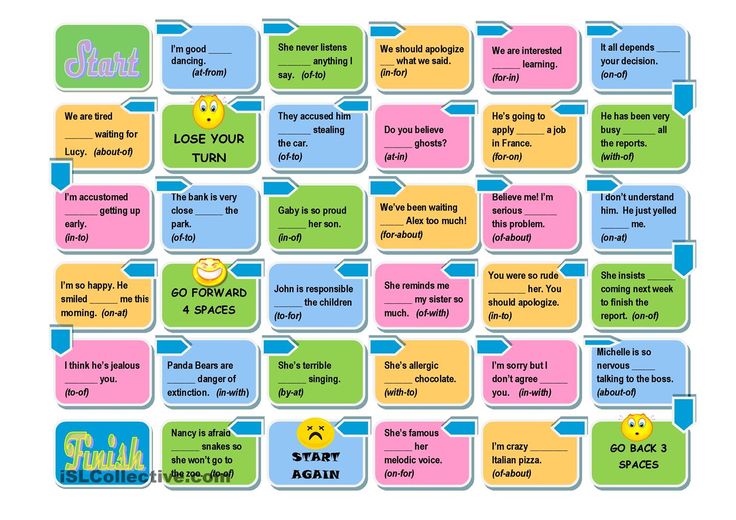 The first is orthopedic insoles. It is desirable, of course, individual, selected taking into account changes in the left and right foot.
The first is orthopedic insoles. It is desirable, of course, individual, selected taking into account changes in the left and right foot.
The second is manual therapy. It will allow you to tone certain muscles, remove the increased tone (hypertonicity) from the muscles that take on part of the load. That is, such treatment will help normalize the function of muscles, ligaments, tendons. nine0003
The third point is physical therapy. There is a certain set of exercises in which the muscles and tendons responsible for the arches of the foot are involved. These muscles and tendons need to be exercised daily.
If there is excess weight, it must be reduced in order to reduce the load on the feet. If flat feet are associated with standing work, you should try to pause. The teacher, for example, during the break can do those exercises that are necessary to stimulate the tone of the muscles and tendons responsible for the arches of the foot. nine0003
If you follow all the recommendations, then you can cure flat feet, but this is not easy.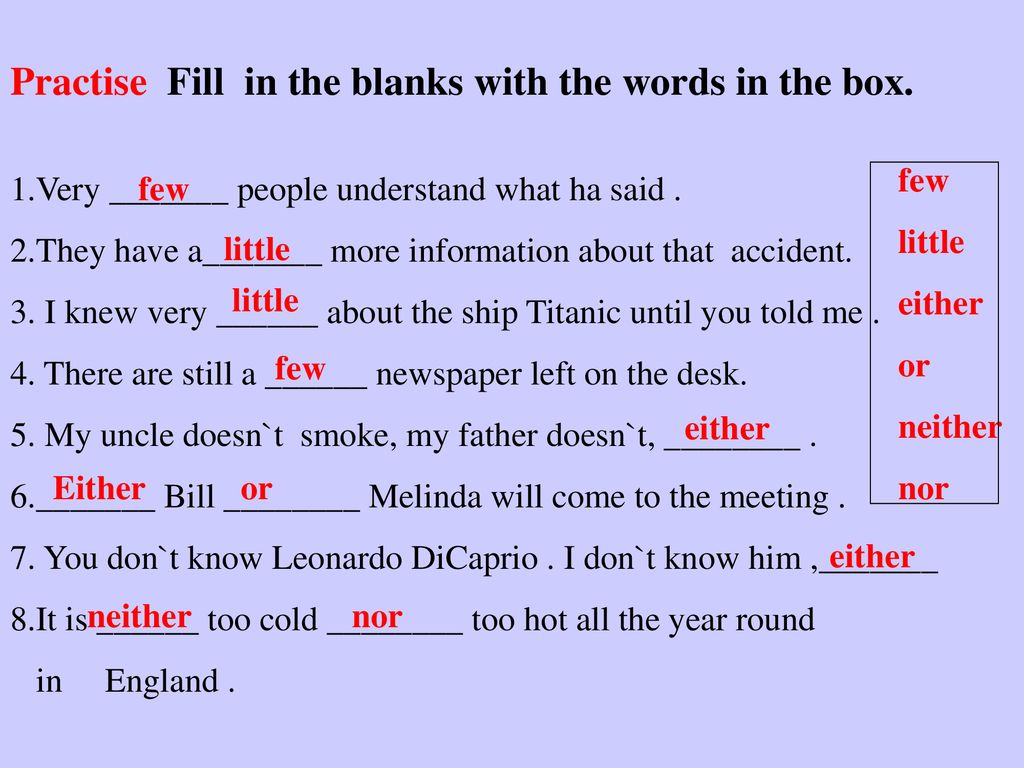
— Are folk remedies used to treat flat feet in adults? If so, which ones?
- As a rule, this is walking on pebbles, shifting pencils, felt-tip pens with your toes, walking on tiptoe and in single file. However, I don’t even know if this can be attributed to folk remedies or not. These are all exercises that were performed back in Soviet times in kindergartens and schools. If you mean putting burdock or cabbage leaves on the feet, then no, it is not done. Flat feet are not treated with such means. nine0003
— What is the danger of flat feet in adults? What are the consequences if it is not treated?
— This may be chronic venous insufficiency (varicose veins), swelling in the legs. Pain, cramps, deformity of the forefoot, when the toes begin to bend, may be disturbing. The first finger (thumb) begins to lead away, calluses appear on the feet (the so-called corns). Sometimes it happens that people go to the pedicure master for a long time or try to somehow steam them out, cut out these corns, or go to the dermatologist, thinking that it is a wart. But in fact, this is simply a compensatory corn in the place where it should not be. And you just need to go to the orthopedist. nine0003
But in fact, this is simply a compensatory corn in the place where it should not be. And you just need to go to the orthopedist. nine0003
When the foot spreads, the person's height may also decrease. In addition, the likelihood of injury increases: the sensitivity of the fingers decreases, the legs twist when walking, and you can get not only sprains and sprains, but also fractures.
- Dmitry Alexandrovich, tell us what needs to be done so that this ailment bypasses a person?
- There are a number of exercises you can do. It is useful to walk on the heels, on the outside of the feet, in single file on toes, to collect stones, pencils or felt-tip pens from the floor with your toes, to roll a hard ball with your feet (as an element of self-massage). nine0003
It is also important to choose the right footwear. You should try to wear shoes with high heels and flats less often (ballet flats, moccasins, etc.). It is recommended to wear shoes so that the heel and toe are different in height. The heel area should be three to four centimeters (up to five) higher than the toe.
The heel area should be three to four centimeters (up to five) higher than the toe.
If you constantly go to a pedicurist with some problem (often a nail comes off or turns blue, your finger hurts, your legs get tired), contact an orthopedist. Perhaps the reason is not that you wear uncomfortable shoes, but flat feet. nine0003
You can make an appointment with a traumatologist-orthopedist at the Expert Clinic, Irkutsk here
The editors recommend:
Chondroplasty of the knee joint: who will it help?
For information:
Shobogorov Dmitry Alexandrovich
In 2011 he graduated from the Irkutsk State Medical University, and in 2013 he graduated from the Irkutsk State Medical University, and in 2013 - residency in trauma and orthopedics nine0095 He performs all types of arthroscopic operations, treats arthrosis of large joints of the upper and lower extremities, performs corrective osteotomy for deformities of the feet and lower extremities.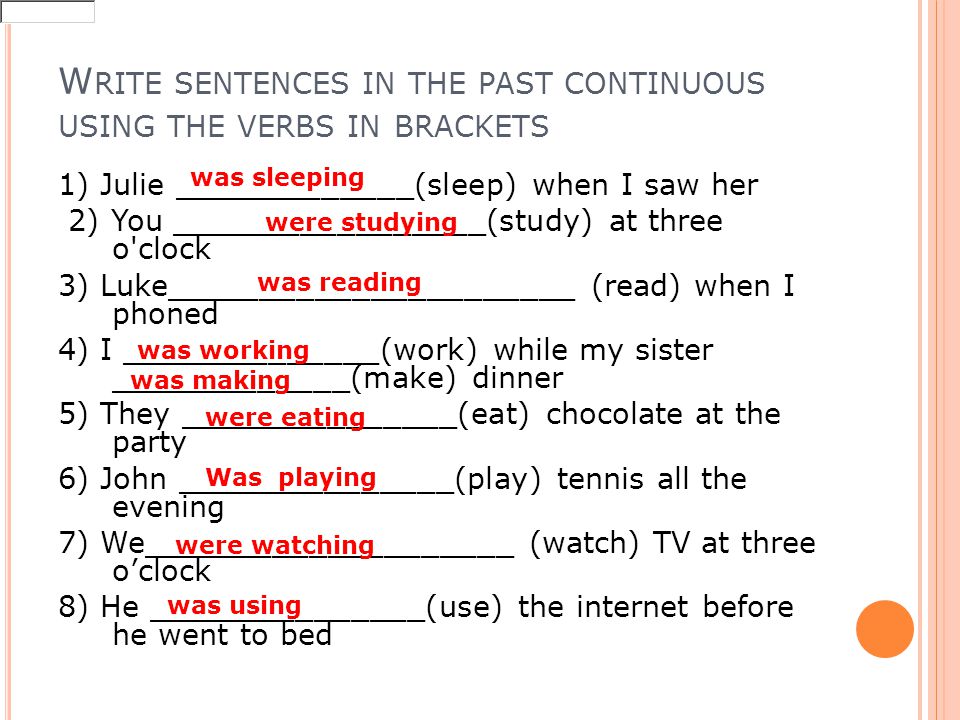
Currently, he is a traumatologist-orthopedist at the Expert Clinic, Irkutsk. Accepts at: st. Kozhova, 9 A.
At the end of January, we published a translation on the topic “How I successfully passed six interviews in Silicon Valley.” It's time to share the sequel, where we will talk about a more burning topic - about money and how to get more. nine0003
“Within a week I was offered a position as a software engineer at Google, Facebook, Amazon, Apple, LinkedIn and Yelp. Here's how I interviewed them.
What if I told you… interviews aren't as scary as they seem?
So, you are almost done with your long interview prep. You are almost free from the stress associated with interviews in large IT companies. You can almost imagine yourself sending them the final "I agree." nine0003
However, you are still not quite on target.
There is one last hurdle to overcome: the interview itself.
You have proven time and time again that you can pass interviews, but how successful and profitable for yourself?
At the end of last year, I interviewed in 6 top Silicon Valley companies in 6 days and received 6 job offers. As a last task, I had to make sure that my work was not in vain. Here are the principles I followed, the rules I followed, and what I did to get a job that paid $100,000 a year more than I planned. nine0003
First, let's agree on the initial premises:
 I've negotiated to work on behalf of (many) friends in the past with no benefits, but I'm not going to dwell on that scenario. nine0144
I've negotiated to work on behalf of (many) friends in the past with no benefits, but I'm not going to dwell on that scenario. nine0144 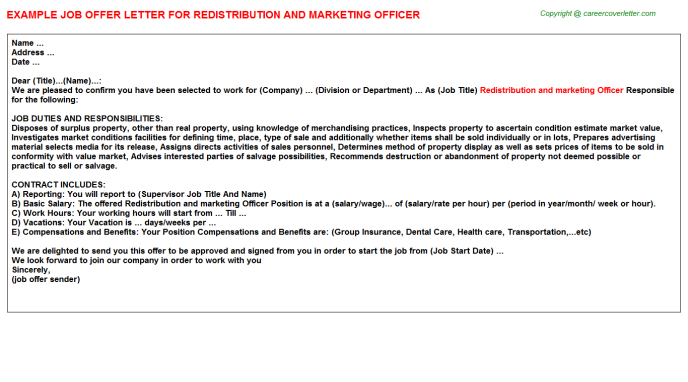 I'm sure other candidates do this, and I don't think you're going to be boycotted in the Valley because of it. But that's just not what I would want for you and for myself. nine0144
I'm sure other candidates do this, and I don't think you're going to be boycotted in the Valley because of it. But that's just not what I would want for you and for myself. nine0144 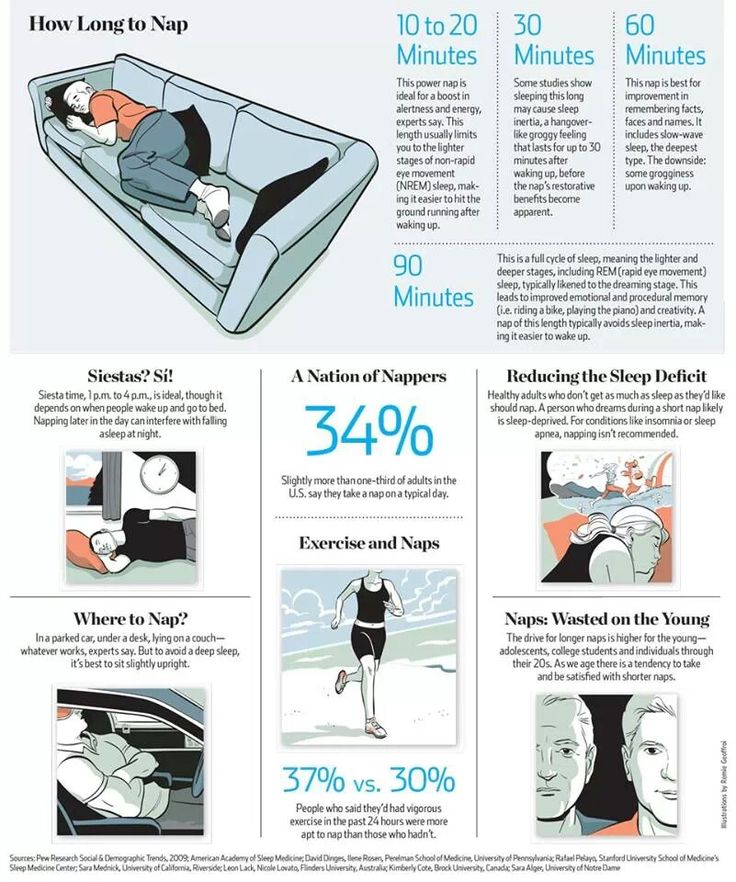 I don't have decades of experience with detailed instructions. At the end, I give some tips that are more suitable for beginners.
I don't have decades of experience with detailed instructions. At the end, I give some tips that are more suitable for beginners. Congratulations! You have multiple interview invitations. I'm sure you're nervous. I'm sure you're telling yourself that you don't deserve this and that you just got lucky. You think you're going to fail miserably. The last thing on your mind is how exactly to talk to a recruiter. nine0003
Calm down. We all go through this!
This can be understood. But you don't want to do yourself a disservice in the future. In any case, there are only a few things you need to remember.
My first important piece of advice: don't make this process adversarial .
I have read many authors who are very cynical about this.
This is our confrontation with them.
Candidate versus recruiter.
That is, you are trying to get the most out of the company while it is trying to screw you over. Is that how you see it? nine0003
Is that how you see it? nine0003
I guess you didn't know that Google recruiters wear superhero capes during the duel?
False . Sometimes this may be true, but I think that such an attitude is far from a healthy negotiating atmosphere. I had a very good relationship with my recruiters and it paid off in the end. Perhaps it would have been better if I had been more aggressive or resorted to lies. I will never know how events would have developed under this alternative scenario. But I know I don't regret it. I'm sure I can easily contact any of these recruiters again to restart the process. Recruiters are people too. Be kind! nine0003
As a next step, throughout the process, try to show that you have other suggestions. This is important to make sure they can provide similar terms. Once I happened to deal with a really great offer. I was forced to decline as their company refused to move the deadline. This deprived me of some advantages. But if I had not let everyone know about my situation, I would have lost even more.
It's up to you if you want to let me know where else you are interviewing. nine0143 I'd share this if you think it's "impressive". Keep in mind that in any case, you have a reason to be proud of yourself, wherever you are considered as a candidate. However, you will have more benefits if you have an offer from Google. My recruiters showed great respect in this matter. Companies understand that who exactly you are negotiating with is your own business, so they will only have the right to find out about it if you deem it appropriate. With that in mind, the threat of you getting (and accepting) an offer elsewhere is a powerful advantage in everything from negotiating terms to getting you the job. nine0003 First offers
Well, the moment of truth has arrived. Now you will hear how much you appreciated.
All my recruiters preferred to relay this news over the phone. Almost all calls followed the same pattern:
Do you have new offers from other companies? Is there a certain range that you expect from us? How about about […] dollars? What do you think of it?
Almost all the authors you usually read write that it is wrong to designate a range. I generally agree with this, but sometimes it makes sense to at least indicate something. To do this properly requires some experience and knowledge of the conditions usually offered. I only gave a starting point to one or two companies, and only because I knew enough about them to assume that they would offer me about $50,000 less a year than other companies I had offers from. nine0003
I generally agree with this, but sometimes it makes sense to at least indicate something. To do this properly requires some experience and knowledge of the conditions usually offered. I only gave a starting point to one or two companies, and only because I knew enough about them to assume that they would offer me about $50,000 less a year than other companies I had offers from. nine0003
I would never give a range for a company that typically offers large amounts. All things considered, I wouldn't waste time with a recruiter if I knew they weren't going to outbid an existing offer from another company. Recruiters themselves will not want to go around in circles and keep coming back to the same question, offering you new conditions. If they fall far short of what you need, let recruiters know where the range starts from . Wasting time on an uncompetitive offer is not profitable for anyone. nine0003
That said, if you're dealing with a company with an infinite budget, use it wisely. Levels.fyi is the best resource I've ever seen (much better than Glassdoor) when it comes to learning what's usually on offer. Aim as high as you can and never, ever think you can't get an even better offer. Observe the situation and be prepared to adapt to it. I ended up getting much, much more than I ever expected from any company, and I owe a lot of that to the fact that I never mentally limited myself to a “high bar.” nine0003
Levels.fyi is the best resource I've ever seen (much better than Glassdoor) when it comes to learning what's usually on offer. Aim as high as you can and never, ever think you can't get an even better offer. Observe the situation and be prepared to adapt to it. I ended up getting much, much more than I ever expected from any company, and I owe a lot of that to the fact that I never mentally limited myself to a “high bar.” nine0003
Trust me, recruiters will do their best to offer you less. Don't help them!
Never show that you are "dizzy" . Keep yourself in control, even if you are sure that you will accept the offer. This also applies in many respects to telephone conversations, especially if the conditions offered to you are beyond anything that you ever expected, and you are probably not able to think sensibly. Always consider any offer for some time. nine0003
Make it clear that you will not accept the offer until you have negotiated with all .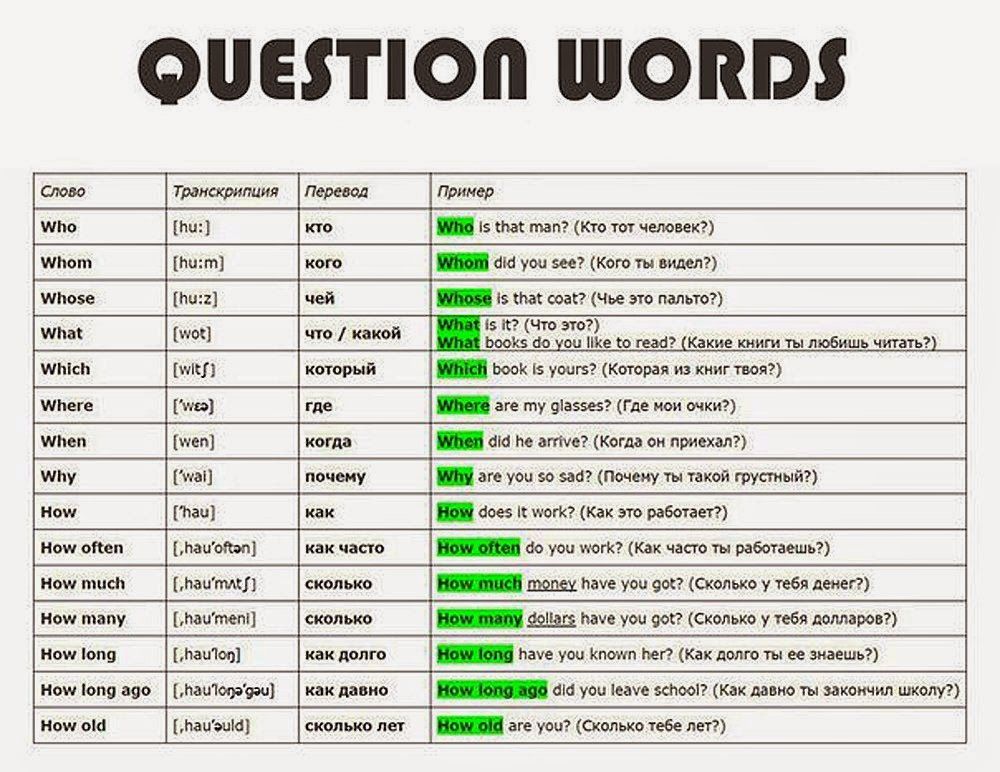 In my experience, recruiters were sympathetic to this. I let them know that I would like to first interview in all the companies from which I received offers. I definitely had a dream company throughout the process, but it wasn't really anyone else's business, it was my own.
In my experience, recruiters were sympathetic to this. I let them know that I would like to first interview in all the companies from which I received offers. I definitely had a dream company throughout the process, but it wasn't really anyone else's business, it was my own.
I'm not going to suggest exactly what to say in situations like this. I will give here only my impressions. This should help those who don't know where to start. Please don't take this as a finished script (that would be weird and unnatural). However, this is what I would say in order to maintain an atmosphere of mutual respect and to remain open during negotiations. Let's assume that you were offered conditions that you could agree to (that is, they suit you):
Recruiter: So what do you think about this?You: This is an interesting proposal. I think it almost suits me, however I can't agree to it right now. First, I need to find out what conditions are offered by other companies with which I am negotiating.

In the above, you are telling the recruiter that he "has a chance", but it's not enough to blow you away. You show respect and firmness at the same time. This is the basic strategy for how to behave during negotiations. nine0003
Don't give out more information than you need, don't be aggressive, and don't give exact amounts if it's not practical. Plus, all of the above allows you to stay honest, so you don't have to worry about being caught lying. Basically, you're just trying to maintain your status in the eyes of recruiters and avoid the fuss until you have all the offers to compare. That's when the fun begins!
So, you've heard the suggested amounts from everyone you're considering. You can now make counteroffers based on the information you have. nine0142 When I did this, I never gave the exact amount - I used the ranges . I don't like the idea of an exact amount until the very end.
There are several reasons for this:
Some may object to what I have outlined above, because recruiters are able to be more flexible. You can always name the exact amount, get them to agree to it, and then ask for an increase. I don't deny it. However, during interviews, I set myself the goal of maintaining a good relationship with recruiters, and in the end it paid off in full.
You can always name the exact amount, get them to agree to it, and then ask for an increase. I don't deny it. However, during interviews, I set myself the goal of maintaining a good relationship with recruiters, and in the end it paid off in full.
I definitely looked that cool during the negotiations.
My first counteroffers went something like this (I made up these amounts to give as an example):
Bar, Inc.: We offer you a base salary of approximately $120,000 with a $150,000 4-year shareholding and a one-time initial bonus of $10,000. What do you think of it?Me: How flexible can your company's share offering be? I would really like to stay and grow as a professional. In this regard, equity is exactly what interests me in any company. A base salary of around $120,000 is fine for me, but I would like a larger share offer. nine0003
FooCorp: We offer you a base salary of approximately $100,000 with a 4-year equity stake in the company of $150,000 and a one-time initial bonus of $10,000.
What do you think of it?
Me: I think the base salary is a bit lower than I would like, especially considering the offer from Bar, Inc. $120,000 and the fact that the base salary is very important to me. As for the shareholding, I expected about $200,000. The primary premium is generally in line with my expectations. nine0095
The above is a lot of useful information for the recruiter, without any exact amount on your part. FooCorp understands that they need to raise the amount to $120,000 to encourage you to refuse another offer you've been given. At Bar, we understand that equity is important to you, and shares are something that companies are much more willing to provide. Now you have two companies competing to give you a better offer, and they are not in contact with each other. And this is pretty much a welcome turn of events for you. nine0003
As soon as one of the companies increases the amount, it makes sense to change the indicated range.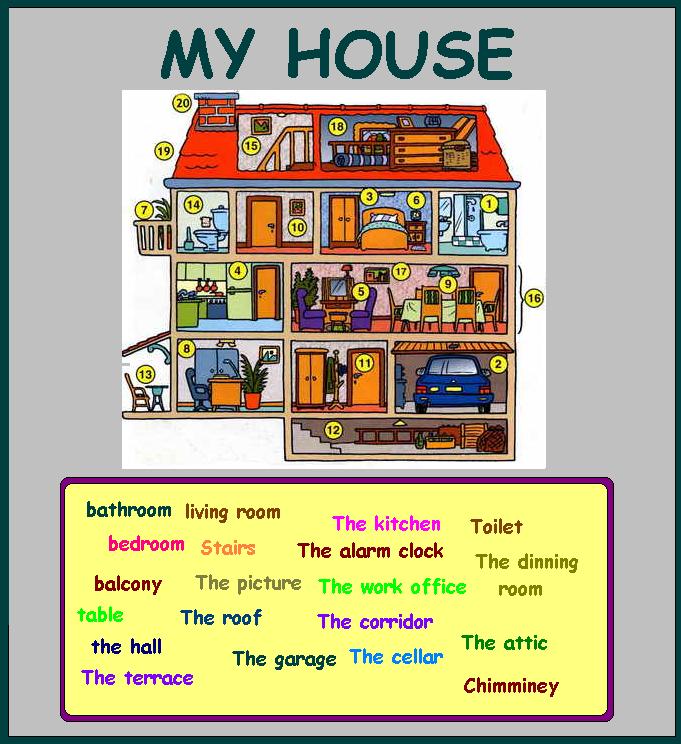 This is how this conversation went in my case:
This is how this conversation went in my case:
Me: Good afternoon! I finally got a response from the Bar company. Their offer turned out to be much better than I expected. They offered a base salary of $150,000, $200,000 in stock, and $40,000 in primary bonus. However, it seems to me that working at FooCorp is more closely related to my interests, so I would very much like you and I to be able to work together. In this regard, I would like to find out if it is possible to improve your conditions to the same indicators? nine0002 FooCorp: Oh, they have a really good offer. Keep in mind that FooCorp {makes the world a better place/has amazing potential/greater future for your career} and I hope you don't make decisions based on rewards alone. I don't know yet if we can offer the same conditions, but I'll see what we can do.
I have had many conversations in the above patterns, and they all went about the same way.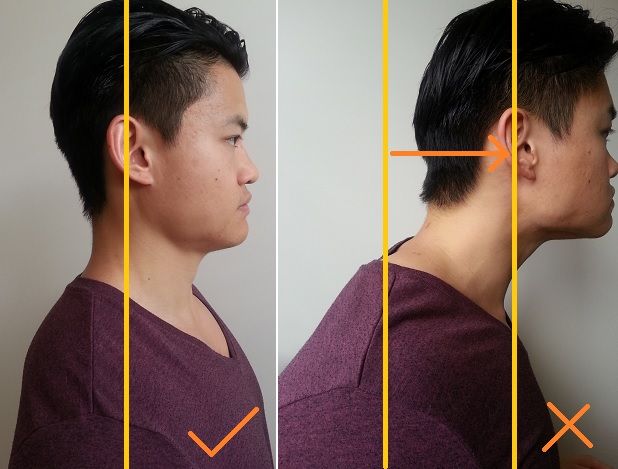
It seemed that they were always skeptical about the possibility of changing their amounts. They have always said that this is more than they can usually concede. nine0095 They always explained that the mission and atmosphere of their company made up for the difference in remuneration.
But almost always they increased the amount.
One of them will meet you. Someone - no. Some of them will come so close to your expectations that you will be able to make a final decision in order not to miss such an exciting opportunity. But you definitely should try.
I'm adding the following because many have asked me about it. I don't know how helpful this will be, but I'll post it here anyway. I will give here all the advice I can give. nine0003
I was able to get an estimate from each company before I gave any on my end. All amounts here are under fictitious brands and in random order. Format: base salary + bonus / shareholding for 4 years / initial bonus.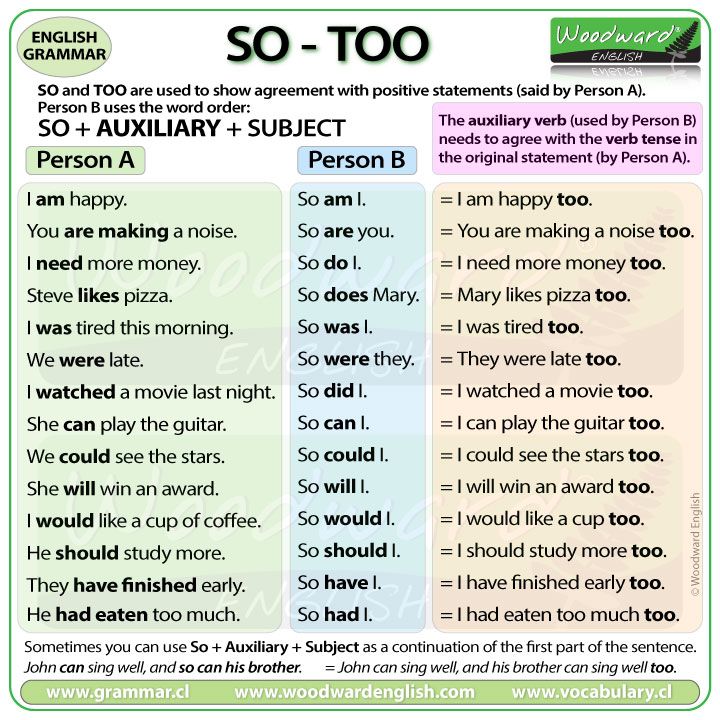
Alpha: 180K / 150K / 0K (218K/year)
Bravo: 180K / 200K / 30K (238K/year)
Charlie: 140K / 180K / 30K (193K/year)
Delta: 160K / 220K / 50K (228K/year)
Echo: 160k / 200k / 30k (218k/year
Foxtrot: 165K / 210K / 30K (225K/year)
Curiously, the amounts were almost the same for the most part, despite the companies not being able to see each other's initial offers. It must be the standard rate now... or something like that. In any case, after receiving all the proposals, it is time for me to constantly interact. I contacted the company that made the lowest bid, and after telling them the terms of the best bid, I asked them to reduce the difference as much as possible. As soon as the amounts changed, I talked to other companies. Recruiters contacted me every day or every other day, and the calls went something like this:
Bravo: Are there any changes on your part?Me: Yes, I was told preliminary amounts from Foxtrot.
They offer $225,000 or so, but Delta says they can offer more. Foxtrot's offer didn't impress me, and given Delta's position on it, it's probably the last offer I'll end up signing.
Bravo: Great, thanks a lot for sharing. I will talk to the team and see what I can do. We would love to work with you! nine0003
Alpha refused to negotiate and move the deadline, so they quickly dropped out of participation.
After each of the companies changed their initial amounts, the picture changed:
Bravo: 180k / 220k / 75k (254k/year; +16k)
Charlie: 140K / 200K / 30K (198K/year; +5K)
Delta: 160K / 220K / 50K (228K/year; unchanged)
Echo: 160K / 250K / 30K (230K/year; +12K)
Foxtrot: 180 thousand / 240 thousand / 30 thousand (248 thousand/year; +18 thousand)
And again, all over again. I set myself the goal of weeding out some of the proposals as soon as the situation began to change in the direction I needed.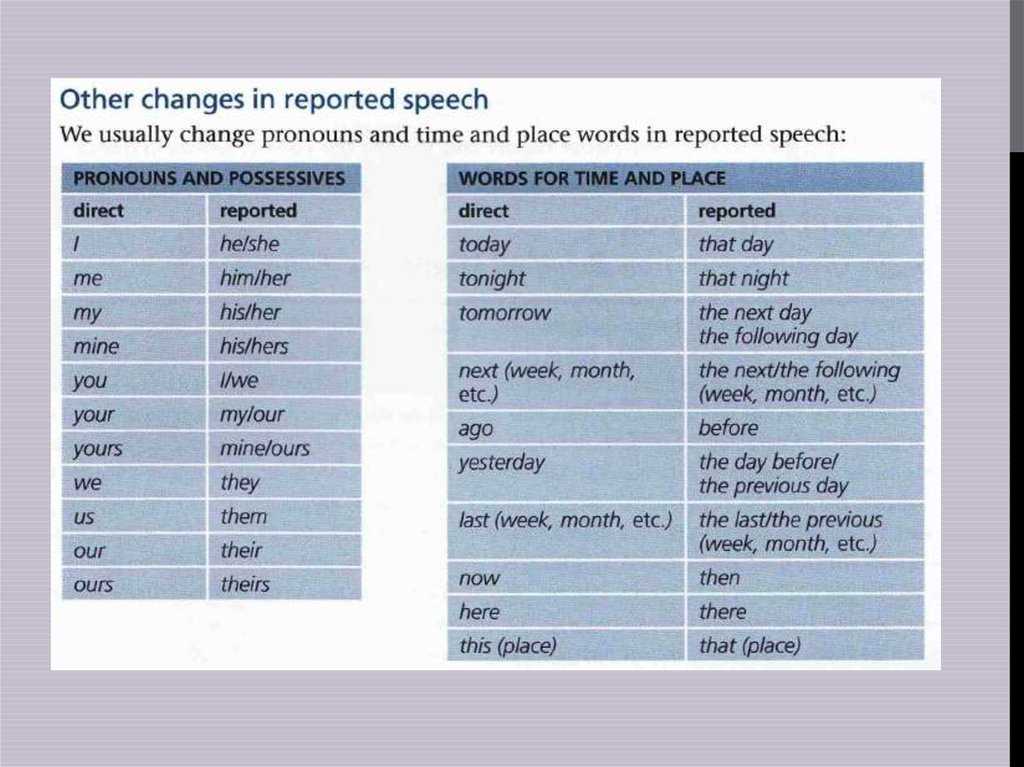 A real strategic nightmare is to keep an eye on 6 competing companies. It also became clear that there was a difference that some companies were unable to overcome.
A real strategic nightmare is to keep an eye on 6 competing companies. It also became clear that there was a difference that some companies were unable to overcome.
In addition, I had much more time to look at specifics related to corporate culture, benefits and other benefits, and in this aspect there were differences between companies. nine0003
I didn't formally reject any of 's offers until I formally accepted the most suitable one and signed the relevant contract, but I crossed out a few companies in my mind and stopped negotiating with them. I just asked them for a few more days to make a decision.
Recruiters kept telling me they couldn't offer better terms, but always did. I'm sure there is a "ceiling" and I'm sure it's pretty rare to negotiate an amount above a certain limit, however this was very much like a lie when I constantly heard they couldn't offer more ("you don't have experience ”), and then watched as they increased the offer by 10%. I guess it's part of the business. nine0003
I guess it's part of the business. nine0003
After another stage of negotiations (and a few more days), the number of companies was reduced to three:
Bravo: 180 thousand / 250 thousand / 75 thousand (261 thousand / year + 23 thousand / year from the original)
Delta: 170k / 250k / 50k (245k/yr; +17k/yr from original)
Foxtrot: 180k / 250k / 50k (248k/yr; +18k/yr from original)
By now, it's been about a week and a half of negotiation, and that's after months of interviews/prep. I was already quite ready to finish. After comparing product, culture, pay, benefits, other benefits, and company reputation, I settled on a choice between Bravo and Delta. nine0095 Delta wanted me to come up with a final amount and stick to it. They were very insistent that I outlined it to them.
I asked them for a few hours and called my Bravo recruiter.
I explained that Bravo had something for which I valued them more than Delta, but that Delta wanted me to be clear about the amount in order to move on.
I was going to work for Bravo or Delta. They offered similar terms, but I didn't know how much more I could get from Delta. It was very uncomfortable for me to play such a game. nine0003
Break up in case of emergency.
Everyone must someday make their final request for . The moment has come when you must take a decisive step, so use it wisely.
For me it was just that moment. It's time to.
I have asked Bravo to improve the terms by increasing the holding by a modest $5,000 a year (a very modest request, it seems now...), companies are usually more flexible in this regard. I said that if they could do it, I would agree and be sure that I would not lose anything. He said that he would contact me and that we would definitely find a solution. nine0003
The Bravo recruiter responded by email saying he had a new deal for me and would like to discuss it with me over the phone. Then I already decided that if it would meet my request (180k / 270k / 70k, total 265k), I would immediately agree to this offer. I thought long and hard about this last move.
Then I already decided that if it would meet my request (180k / 270k / 70k, total 265k), I would immediately agree to this offer. I thought long and hard about this last move.
Bravo: I received a response and approval for a new proposal for you, and I would like to know what you think about it. We would like to offer you a {salary + annual bonus} of $180,000. In addition, we would like to offer $400,000 in shares to be given to you over 4 years. In addition, I also managed to get approval to provide you with 9$0,000 {initial premium + relocation allowance}. Under these terms, you will receive about $1,210,000 over 4 years, that is, about $300,000 annually . What do you think of it?
Wow! What I think? What do you think, what do I think?
Me: Yes, I agree.Bravo: Really? Excellent!
And this is true. I am not exaggerating at all. My last request was $265,000 per year, and I was offered about $300,000 per year. nine0143 I don't know if it was because of the good relationship I had with the recruiter or if they were just worried that I might refuse. Whatever it is, I have nothing against it. :)
nine0143 I don't know if it was because of the good relationship I had with the recruiter or if they were just worried that I might refuse. Whatever it is, I have nothing against it. :)
I'm going to summarize all of the above:
Bonus Tip : Never tell or hint to potential employers that you're not interested in them. I have seen people "negotiate", insisting on larger sums and justifying this by the fact that they are less interested in this company. It's like a recipe for disaster - why tell a company you don't want to work there? Find a different approach. nine0003
All of the above worked. The terms of the offer I eventually accepted was approximately $300,000 per year (for 4 years, including variable annual bonus and initial bonus/relocation fee). I negotiated this starting at about $225,000* which is a 33% increase.
After my previous post, I see 3 questions most often:
I have answered two of them here. You might be able to logically install the rest. I'd rather my advice be useful rather than advertising my employer. I don't want all the attention here to be focused on the decision I made in of my life. I rather seek to help everyone else make the same decision.
You might be able to logically install the rest. I'd rather my advice be useful rather than advertising my employer. I don't want all the attention here to be focused on the decision I made in of my life. I rather seek to help everyone else make the same decision.
There are also much deeper, more extensively written sources that I would recommend. This is an amazing article by Patrick McKenzie and another by Hasib Qureshi. Above, you have read only my personal thoughts (and at the same time the answer to all the questions that I received regarding the amounts). nine0003
Please follow (and connect!) with me on Twitter if you'd like to leave feedback or have any questions. I would like to know if there are other topics that interest you. I have received a ton of private messages on Twitter and Discord and I have tried to reply to them where possible. I prefer to respond predominantly on Twitter, so if you want to chat, try it there first.
Successful negotiations.